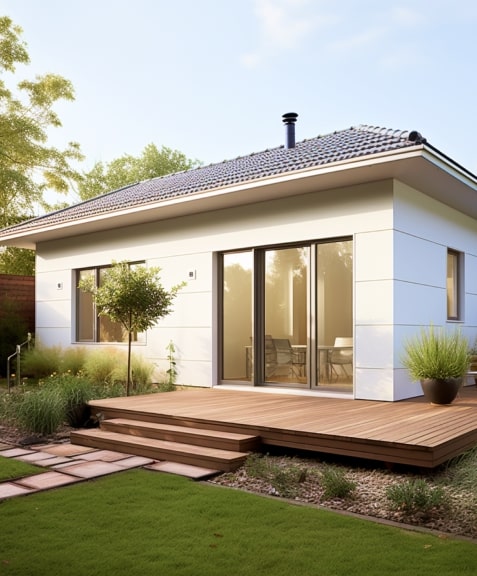
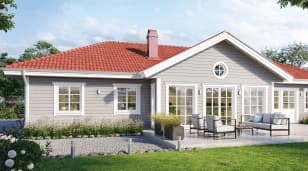
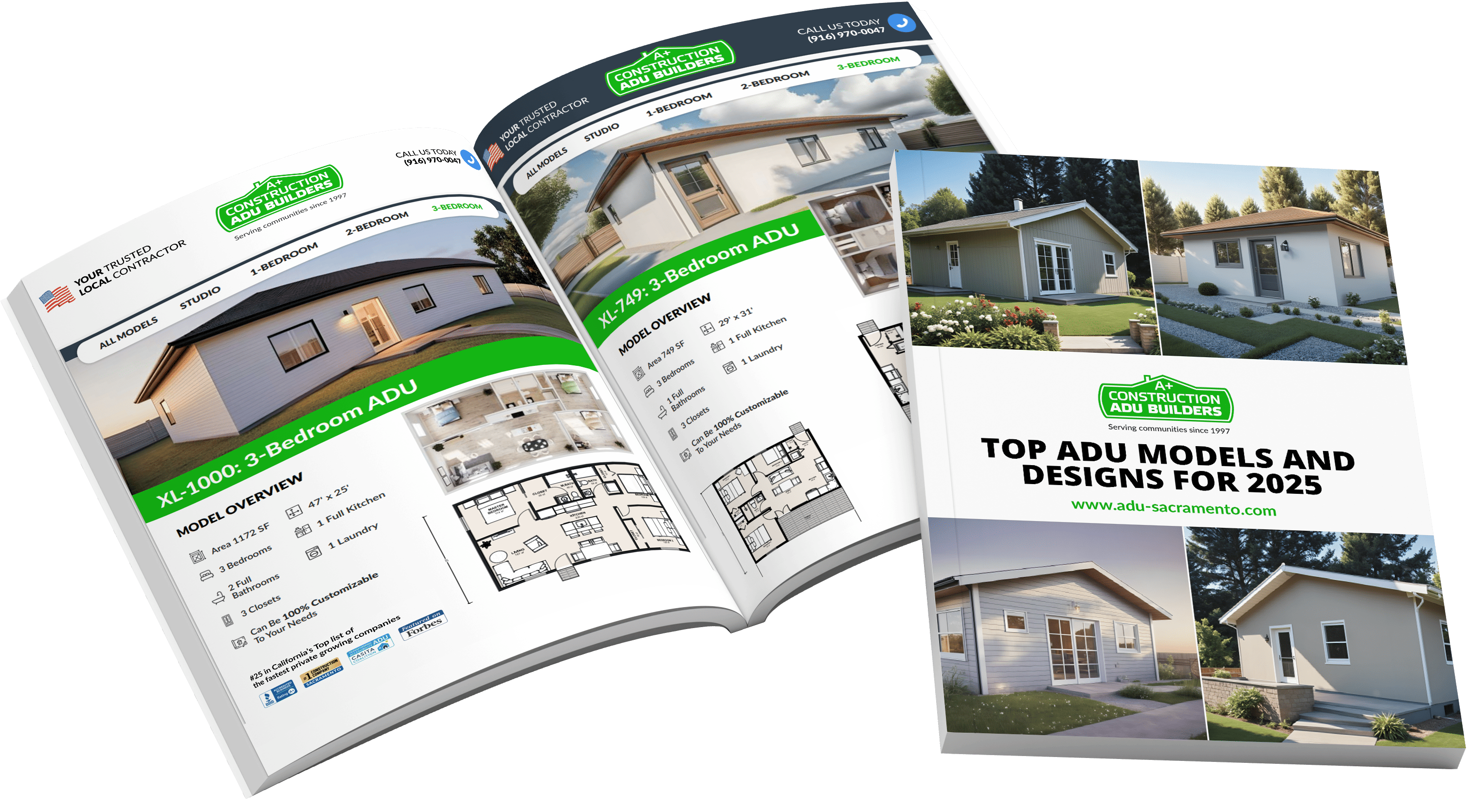

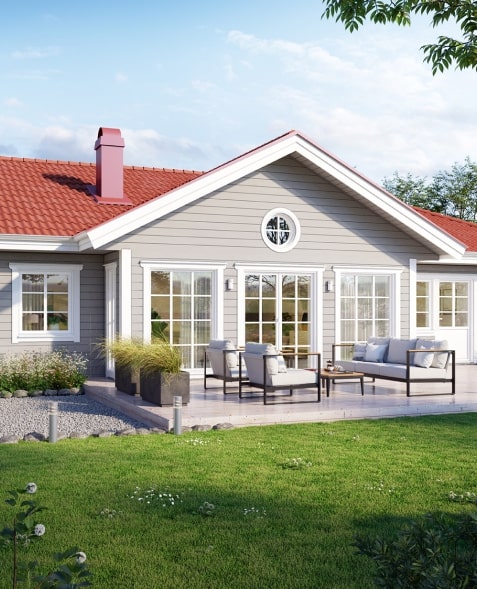
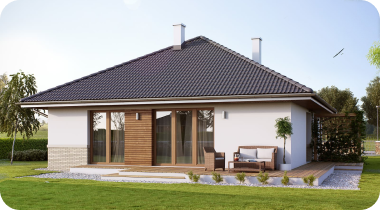
A link to download your FREE brochure will be in your inbox in 3 minutes
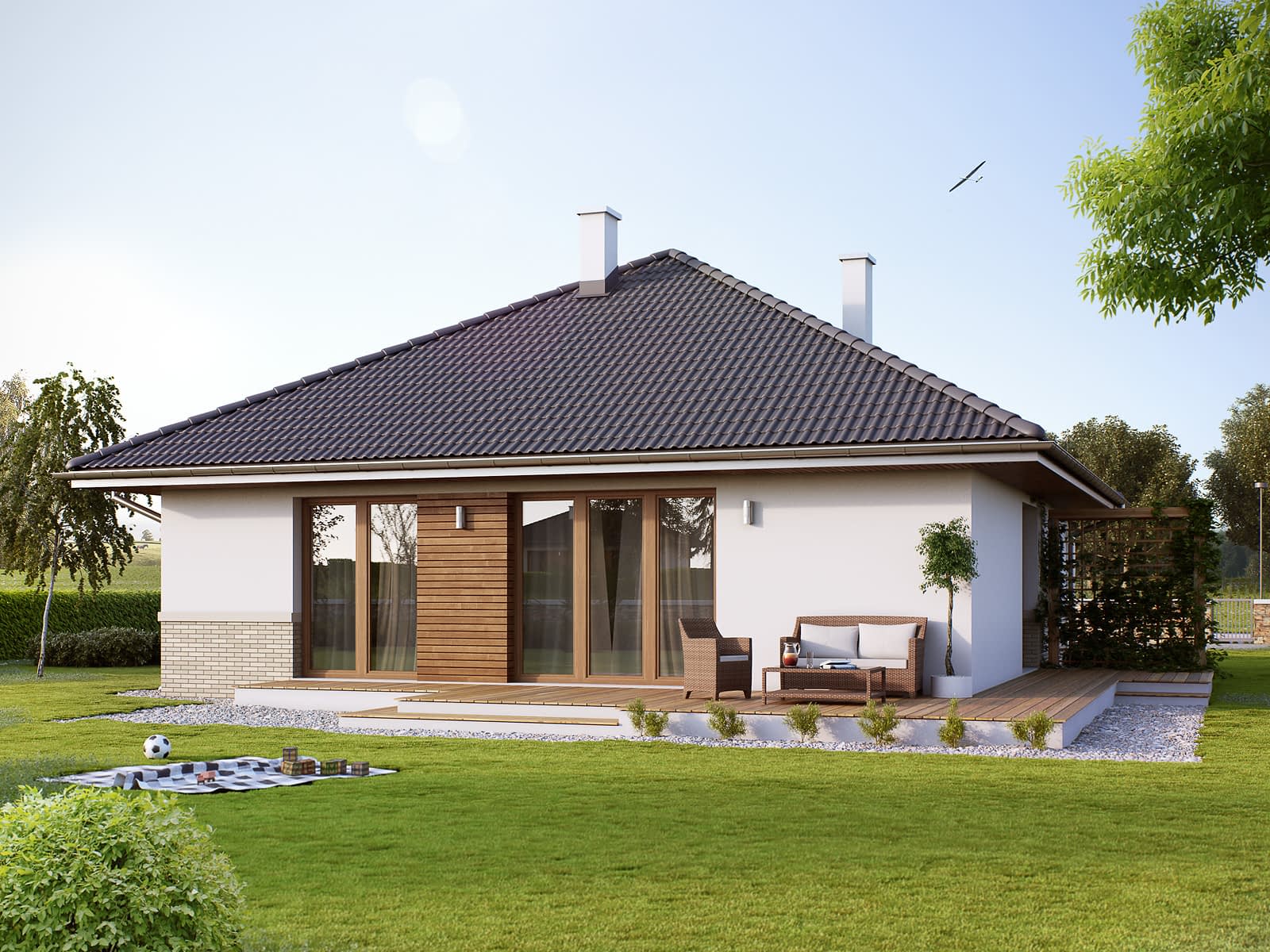





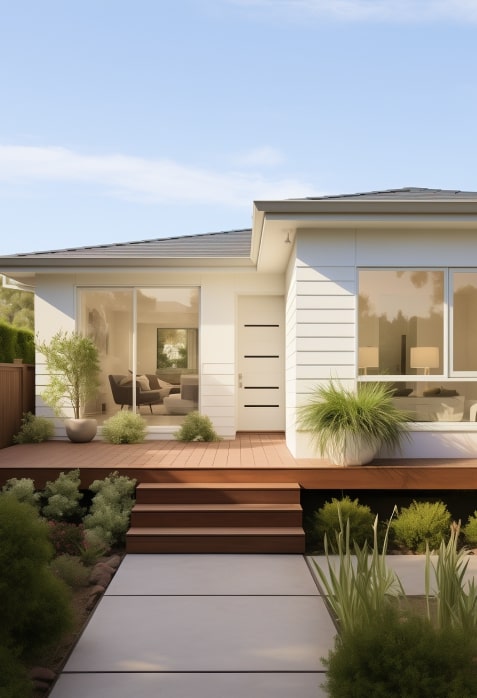
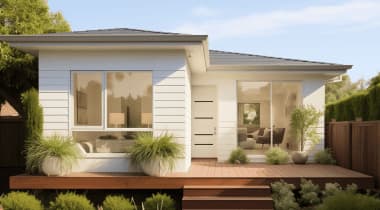











The final price may vary based on project specifics.
To get a free accurate quote tailored to your needs, book a consultation with us today!

The price per square foot provided is an average and may vary depending on project-specific details such as materials, location, complexity, and other factors. Actual costs may differ from the average provided.
It is recommended to obtain a detailed quote based on the specific requirements of your project.

Please note that the monthly payment displayed on this page is an estimate and is subject to variation based on the selected loan product, applicants credit score, loan amount, and other financial details. Actual monthly payment may differ from the estimate provided.
It is recommended to seek advice from a financial advisor or loan officer to obtain precise payment information tailored to individual circumstances.
 Your Trusted
Local Contractor
Your Trusted
Local Contractor
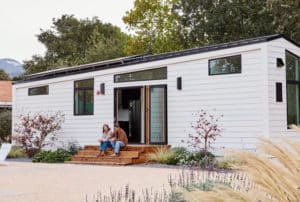 The accessory dwelling unit trend has been gaining recognition, but for a while, it hasn’t really affected prefab ADU buildings. However, the situation seems to be changing. The reasons behind it may be the discovered affordability of factory-made units in comparison with traditional home models and even other ADU types, as well as the high speed of their construction.
The accessory dwelling unit trend has been gaining recognition, but for a while, it hasn’t really affected prefab ADU buildings. However, the situation seems to be changing. The reasons behind it may be the discovered affordability of factory-made units in comparison with traditional home models and even other ADU types, as well as the high speed of their construction.
Have you considered creating an efficient living space that serves as a habitable property addition, a source of rental income, or a tiny home for your aging family members? If so, let’s study the newest prefab ADU trends and the cause of their popularity!
Prefab accessory dwelling units are small homes built off-site rather than on-site light traditional stick-built home models. These backyard homes typically consist of segments created on an assembly line in the well-regulated environment of a factory. Next, the building company delivers these segments or complete units to your land using a flatbed truck, and the builders erect or assemble the desired construction on your site.
Prefab accessory dwelling units come in different models. For instance, there are modular ADUs and panelized ADUs. The distinction between them is that modular ADUs are complete units that arrive at your property, where the builders lift them into place. On the other hand, panelized ADUs arrive in sections so the builders can compose a model you ordered from these components.
A prefabricated accessory dwelling unit is a cheaper and easier-to-build unit. It is a practical solution because most of the work goes on within the controlled environment of the factory, which minimizes waste, damage to materials, and weather delays and increases overall construction efficiency. However, contrary to common misconception, they still offer a certain level of customization options, making them adaptable for various properties.
In fact, prefab units typically also feature some customization options, can be rather spacious, and come with energy-efficient amenities. So, the most significant difference between them is the amount of site work required for each method. If ADU builders create custom homes with sticks and nails on the site, prefab ADUs undergo the process of construction at the factory and come to the land fully or partially ready.
Other distinctions of these construction methods involve:
All in all, prefab units boast authentic advantages like speedy construction, fixed pricing, eco-friendliness, and proven quality that make them stand out among other ADU construction methods.
Prefab ADUs typically come in predesigned and pre-engineered units with standard layouts. However, due to the fact that builders can combine standard units, customize them, or adjust them to a specific property, they can still accommodate various forms, including:
The most common type of prefab ADU is a detached living space independent from the house. This is easier from a technological point of view. That’s because prefab units come to your site complete or in big segments, so assembling them separately from the main residence is simpler.
It’s possible to build a prefab ADU adjacent to the primary dwelling. This allows easy access to the unit as well as sometimes enables property owners to connect the ADU to the same utility connections as the main house.
Sometimes, it’s possible to place a prefab ADU above an existing garage if the dimensions of both coincide. If you’re mindful of every square foot of your property because it’s quite compact in essence, building a prefab living space above the garage may be a possibility.
Related to the means of affordable housing, prefab units may take different forms. However, it’s important to be mindful of building codes, local regulations, and other building process rules governing ADU location, sizes, height, and other specifications in order to ensure compliance with the law.
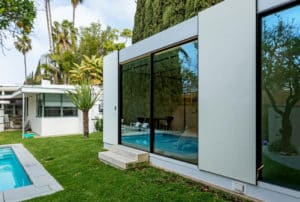
Why add a prefab backyard ADU to your property? If you’re in desperate need of extra living space but don’t have the financial resources or years to build a new house, or if you, vice versa, have an investment plan, prefab backyard homes may become a wise solution.
Prefabricated units serve the following purposes:
Your family has expanded, and you have only one bedroom? Or would retired parents use a granny flat since they cannot take care of a big house or can’t add on big home costs? A compact prefab unit is a place where you can move in quickly and without a hassle!
Would you like to make around $2,200 per month? Whether it’s short- or long-term renters, property owners can gain an opportunity to generate additional income from their backyard cottage, covering utility bills and other monthly expenses or gradually compensating for the cost of construction!
Many homeowners applying to a general contractor for an ADU building count on the generous revenue they’ll get from resale. Since prefab ADUs may serve as rental units and property enhancement means, there’s a great potential for property value growth.
A carriage house may act as a temporary shelter for nannies, garden workers, or just your guests from other cities. Design your own ADU to accommodate your guests freely, host comfortable family reunions, and otherwise improve your social bonds!
Loud footsteps, conversations in adjacent rooms, and other obstructions may interrupt your work and deflect your focus. A standalone compact ADU in the garden may become your retreat or a productive working environment, depending on your choice.
Modern prefab ADUs offer convenience comparable to that of a primary dwelling within a compact square footage. Many prefab units feature a full bathroom and full kitchen, cutting-edge appliances, and energy-efficient features. Whether it’s a studio ADU or an ADU with one or two bedrooms, a small cottage in your backyard can provide modern amenities and a comfortable living environment.
Trending ADU layouts emphasize flexibility to cater to versatile domestic needs, such as floor plans with open-concept areas and multi-use spaces that can transition from kitchen to living room or dining room. Also, many homeowners appreciate such solutions as built-in storage, enabling them to maximize living areas for residents. A loft space can incorporate an extra bedroom if there aren’t enough sleeping places on the main floor.
The smaller size of a prefab ADU (250-750 sq. ft.) contributes to the unparalleled cost-effectiveness of the unit. A compact footprint is easier and cheaper to maintain; it consumes less energy and water, resulting in lower utility bills. More so, a smaller space leads to a limited environmental impact, like a smaller carbon footprint and less material waste.
Many homeowners opt for a modern style for the interior finishes of their bedroom, bathroom, kitchen, and living area. Since contemporary and modern styles are universal, they fit almost any individual, creating a minimalistic space full of practical living solutions. It involves sleek, clean lines, neutral and light colors, minimum clutter, ample open space, and small accent details that add visual interest.
Do you want your space to feel more warm and inviting? It’s a common trend to incorporate patios, balconies, and outdoor dining areas into your ADU design. Also, you can opt for huge windows and glass doors or an extra set of awning windows to integrate nature into your interior space. Vast natural light creates a bright and airy feel to your cottage, provides better ventilation, and provides you with scenic views of the surroundings.
Whether it’s exterior finishes or interior space elements, incorporating these materials into the construction of your ADU not only adds a unique touch but also fosters sustainability. Bamboo flooring, natural stone, or recycled glass countertops decrease negative effects on the environment and create a healthier ambiance for the residents.
Energy-efficient appliances and fixtures like LED lighting or a low-flow faucet for your bath are the first feature that comes to mind when we mention wise consumption. However, if you’re up to a project with solar panels or green roofs, despite the high initial costs, it may result in savings in the long run. Besides, residents with special needs might make use of aging-in-place features or smart home technology, which can enhance the convenience and security of the house.
First, we prepare the site by clearing the area of redundant objects and leveling it if necessary. Then, we employ specialized trucks or trailers to transport the unit to your property. Note that the route to your property must be free and accessible. Upon arrival, the company lifts the unit and places it on the land, hooks it up to utility connections, and performs the last touches.
A prefab project is typically cheaper than a custom-built one because the process is more organized, leaving less room for unexpected costs. Also, the safe factory environment for prefab construction may result in shortened material waste and lessen the need for extra labor, decreasing costs per square foot.
The price of a prefab ADU ranges from $50 to $150 per square foot, while the cost of a custom unit may reach as much as $100 to $300 per square foot. It’s possible to explain this difference by the additional expenses associated with the method (e.g., less opportunity for bulk purchasing). Also, we can attribute it to customization features that may be complicated to implement.
Sure, every type of ADU building requires obtaining building permits. The permit process is essential to ensure that the prefab ADU you planned to build complies with local building codes, zoning regulations, and safety standards. To receive approval from the local authority, you’ll typically need an application and submission of documents such as detailed floor plans, ADU specifications, etc.
Get a First Look at Real ADU Projects